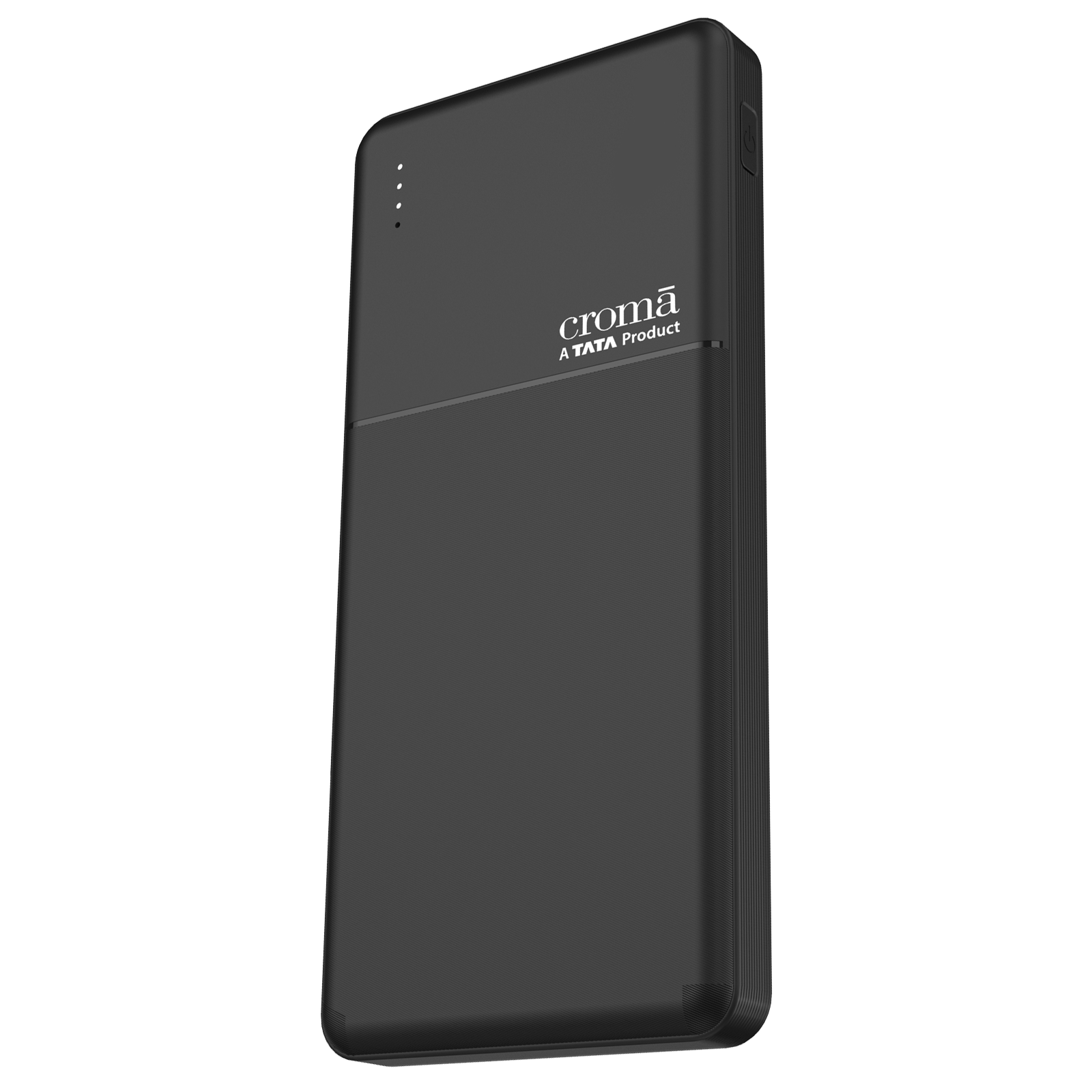The number of electronic devices we carry on our person has ballooned over the years. Most of us have one, if not two, phones, a laptop, a tablet, a smartwatch, not to mention any number of power banks, wireless earbuds, and the gamers among us might have wireless mice, gamepads, and even a Steam Deck!
What happens when we want to carry all these items with us on a flight? Most of these devices contain batteries, after all, and they can’t be checked in.
India’s Directorate General of Civil Aviation – the body that manages civil aviation in India – has published a comprehensive list of regulations of guidelines that cover so-called personal electronic devices (PEDs). These are listed in a document called Dangerous Goods Regulation and generally comply with international safety standards. Meaning that rules that apply to the transport of PEDs by domestic airlines will largely apply to international flights as well. That said, we’d still recommend confirming details with the airline you intend to fly with when flying internationally.
There is a limit to the number of devices
Before we dive into the list, it’s important to note that there’s a limit to the number of electronic devices you can carry with you, and that number is 15. It’s a fairly large number and most people are unlikely to exceed that quantity, but certain professionals and photographers, for example, might exceed the limit and will need to check with their airline and/or get permission for the same from relevant authorities.
Devices with batteries
Primarily, the DGCA is concerned with electronic devices that contain batteries. These batteries are a fire hazard when damaged, so their permitted capacity is clearly defined. Essentially, no battery can have a capacity of more than 100Whr if it’s a lithium-ion battery, and batteries with lithium metal cannot contain more than 2g of lithium metal.
Most batteries are lithium-ion batteries and since laptop-makers are aware of this 100Whr limit, they tend to only use batteries that are rated at 100Whr or less. Batteries this size are usually only found in large laptops.
Products in focus
Electronic devices that can be carried in cabin baggage
Laptops: Two or more units can be carried without issue as long as you haven’t exceeded the 15 PED limit set by the DGCA. Do note that despite containing large batteries, laptops can also be carried in checked-in baggage.
Other approved devices include:
– Smartwatches
– Wireless earbuds
– DSLR or mirrorless cameras
– Tablets
– Smartphones
In addition, devices like power banks, trimmers with batteries, and chargers can be carried with you. Interestingly, devices like wireless routers, desktop PCs, CPUs, and monitors cannot be carried in checked-in baggage. Trimmers without batteries are also not allowed in cabin baggage.
As a rule of thumb, any device that contains a battery must be carried in cabin baggage, and you can carry most electronic devices without issue. The main issues are only the 15 PED per person and battery capacity limits. These rules apply to most international flights as well. Follow these simple guidelines for a safe flight!
हिंदी में पढ़ें: आप अपने केबिन बैगेज में कौन से इलेक्ट्रॉनिक्स और सहायक उपकरण ले जा सकते हैं?
Unleash your inner geek with Croma Unboxed
Subscribe now to stay ahead with the latest articles and updates
You are almost there
Enter your details to subscribe

Happiness unboxed!
Thank you for subscribing to our blog.
Disclaimer: This post as well as the layout and design on this website are protected under Indian intellectual property laws, including the Copyright Act, 1957 and the Trade Marks Act, 1999 and is the property of Infiniti Retail Limited (Croma). Using, copying (in full or in part), adapting or altering this post or any other material from Croma’s website is expressly prohibited without prior written permission from Croma. For permission to use the content on the Croma’s website, please connect on contactunboxed@croma.com
- Related articles
- Popular articles
-
-
-
Travel Accessories
5 waterproof bags and accessories to help you travel in style for the monsoon season
Khevna Pandit





















V I P
Drums toys allowed